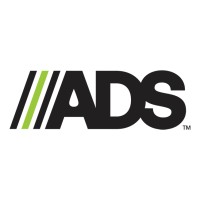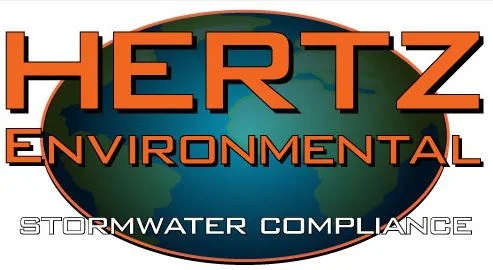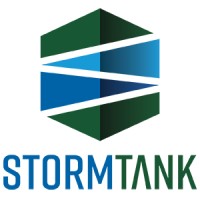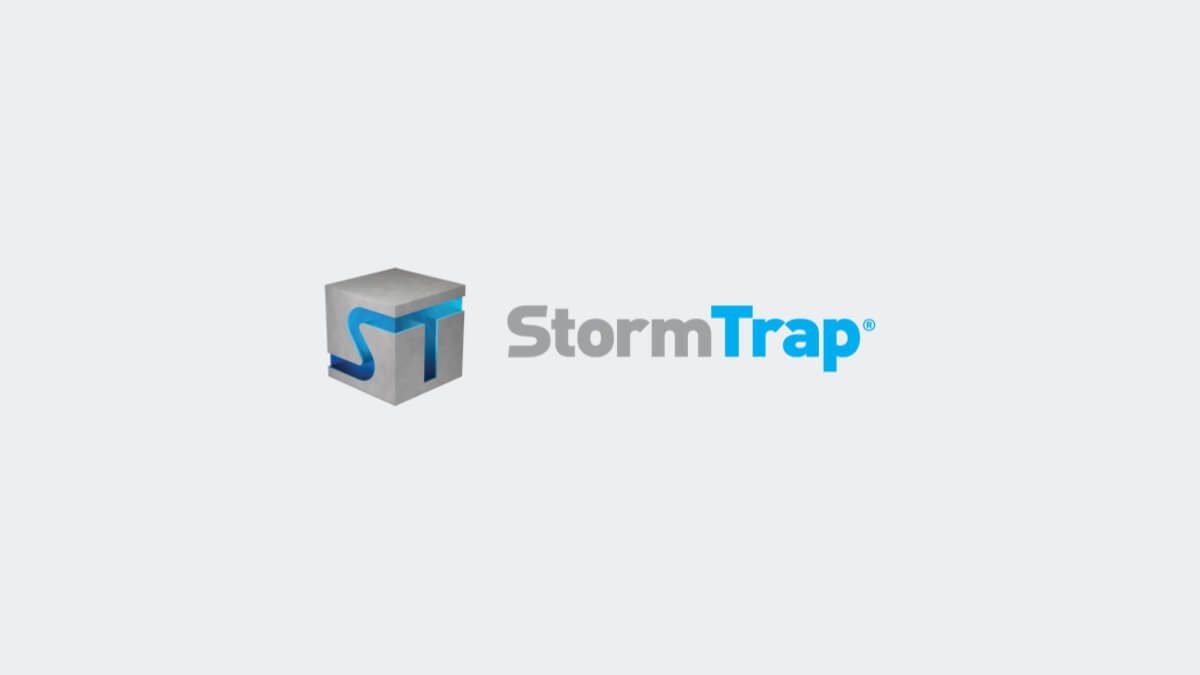There is a growing concern about the availability of compliant drainage capacity, outdated municipal systems, and the rising costs of regulatory non-compliance. While innovation in green infrastructure and runoff capture continues to advance, many communities still face limitations in scaling these systems. The coming years represent a pivotal transition for both public utilities and private contractors. Key success factors will include smarter watershed-level planning, cost-effective implementation of Low Impact Development (LID) practices, enhanced monitoring capabilities, and a more integrated approach to understanding how permitting decisions influence long-term infrastructure investment. Additionally, Environmental, Social, and Governance (ESG) goals are becoming an important consideration as municipalities position themselves as viable and sustainable jurisdictions.
How Municipalities are Adapting to Permitting Shifts
Installing new detention basins or bioswales alone will not be sufficient in the years ahead. Stormwater management involves more than simply redirecting runoff. Integrated strategies that include pervious pavements, rain gardens, constructed wetlands, and improved channel stabilization are becoming central to modern practice. Increasingly, effective planning will be shaped by coordination across transportation, land use, and wastewater management sectors.
Digital monitoring tools and real-time modeling of flow and pollutant loads are increasingly vital for stormwater management. For many agencies, previously overlooked sources of non-compliance, such as minor outfalls, aging inlet structures, and runoff from infill development, often go undetected. Smart sensors and automated reporting platforms provide greater control and visibility. At the same time, a new service market is emerging around long-term monitoring, third-party verification, and predictive analytics for permitting risk. The foundation of these strategies is strong data transparency. In this context, urban areas and regional stormwater agencies are taking on more active roles in watershed health rather than serving solely as regulatory bodies.
The integrated GIS platforms and digital twin models originally developed for broader infrastructure planning are now being applied to stormwater systems as well.
There is a growing interconnection between permitting frameworks and on-the-ground drainage infrastructure. This alignment brings varied data reporting formats, differing technical definitions of outfall thresholds, and new requirements for pollutant tracking. The digital shift in compliance represents a new frontier not only for regulatory bodies but also for service providers and municipalities involved in implementation.
Alongside digital upgrades, legacy technologies are being reevaluated. Retrofitting detention vaults, updating hydrologic models, and improving infiltration capacity offer immediate performance gains. A key shift is the emergence of stormwater stakeholders as prosumers, meaning entities that both manage runoff and mitigate impacts beyond their immediate footprint. Industrial campuses, for example, are implementing site-level controls that support broader regional water quality goals.
Today, municipalities are managing increasingly decentralized systems, where local Best Management Practices (BMPs) contribute to broader watershed goals. Opportunities for on-site treatment, improved pretreatment, and source control are helping communities minimize regulatory risks. Strategic use of GIS and pollutant load forecasting tools reduces uncertainty and improves the predictability of compliance outcomes. These adaptive strategies support community resilience, expand funding opportunities, and generate long-term cost savings.
In addition to managing rainfall and runoff, emerging contaminant streams such as PFAS, microplastics, and nutrient loads are gaining attention and reshaping the risk landscape.





























